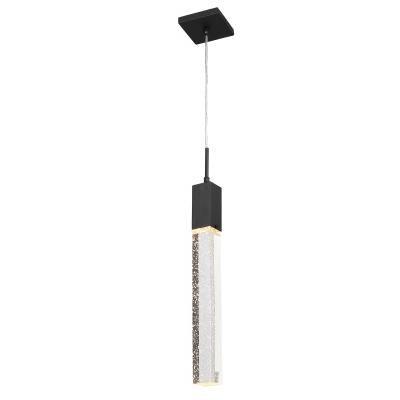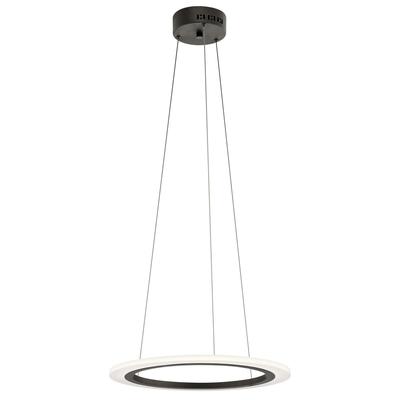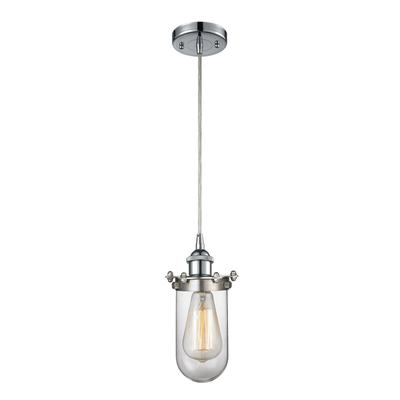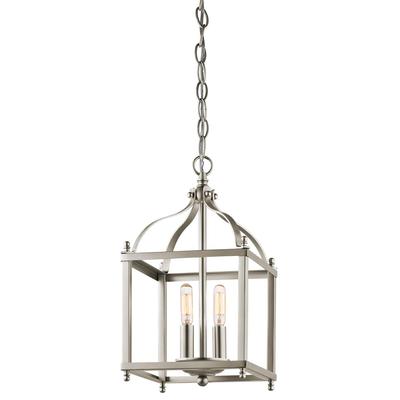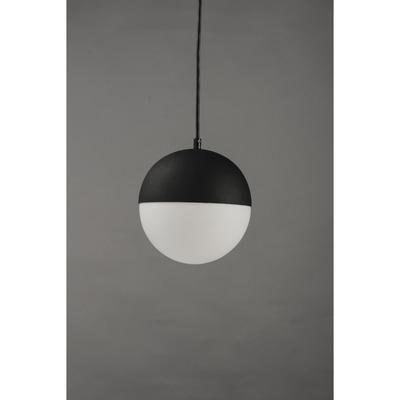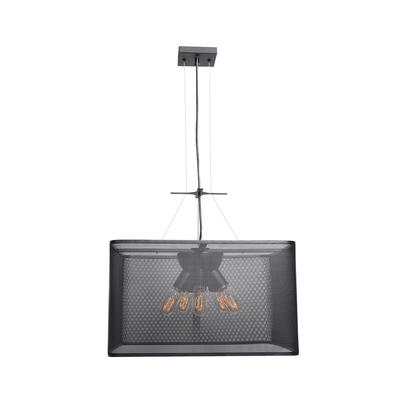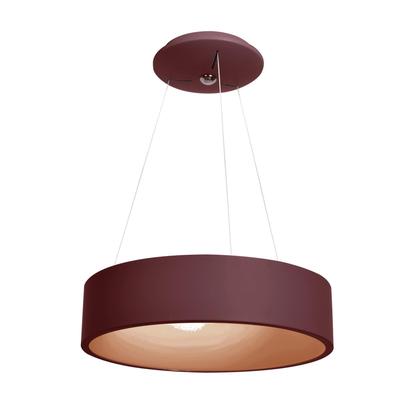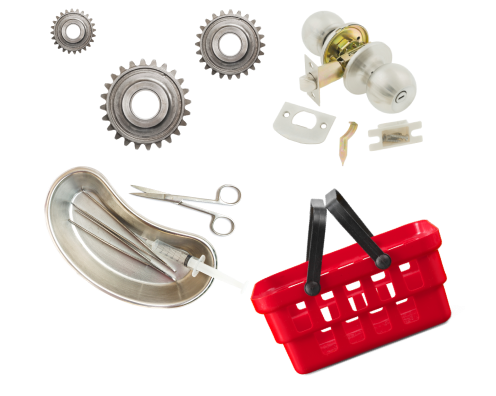What Is Pendant Lighting
Pendant lighting refers to a type of lighting fixture that is suspended from the ceiling by a cord, chain, or rod, typically hung by a single point of attachment.
It is characterized by its versatility and aesthetic appeal. Pendant lights often feature a shade or decorative element that encloses the light source, directing the illumination downward. This creates focused lighting for specific areas or objects, making them ideal for task lighting, accent lighting, or decorative purposes.
Pendant lighting offers a wide range of styles, sizes, and materials, allowing it to complement various interior design themes and add a touch of elegance and functionality to any space.
How To Choose Pendant Lighting
Here are the key factors to consider before choosing pendant lighting:
- Purpose: Determine the purpose of the pendant lighting. Is it intended for general illumination, task lighting, or decorative accent? This will help determine the appropriate design, brightness, and placement.
- Style and Aesthetics: Consider the overall style and theme of your space. Choose a pendant light that complements the existing decor, whether it's modern, industrial, traditional, or eclectic. Look at factors such as the shape, color, and material of the pendant to ensure it harmonizes with the surroundings.
- Size and Scale: Evaluate the size and scale of the pendant light in relation to the room and the intended installation area. Consider the ceiling height and available space to ensure the pendant is proportionate and doesn't overwhelm or appear too small.
- Light Output: Assess the desired level of brightness. Determine whether you need a pendant with direct or diffused light, as this will affect the type of shade or fixture design to consider.
- Placement and Height: Consider the intended placement of the pendant lighting. Determine the ideal height and distance from the surface or objects it will illuminate. Take into account factors such as dining tables, kitchen islands, or entryways where the pendant will be installed.
- Dimming and Control: Determine if you require dimmable pendant lighting or additional control options. Some pendants offer adjustable brightness, allowing you to create different moods and ambiance.
Energy Efficiency: Consider energy-efficient options, such as LED pendant lights, which consume less energy and have a longer lifespan compared to traditional incandescent bulbs. - Budget: Set a budget for your pendant lighting purchase. Consider both the initial cost of the fixture and potential long-term energy savings.
- Installation and Maintenance: Assess the installation requirements and complexity of the pendant light. Consider if professional assistance is needed and factor in any ongoing maintenance or cleaning requirements.

